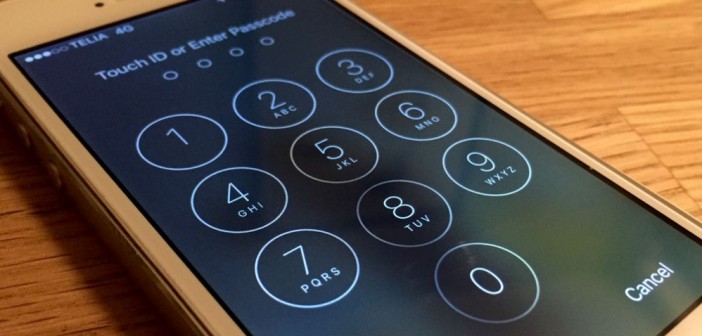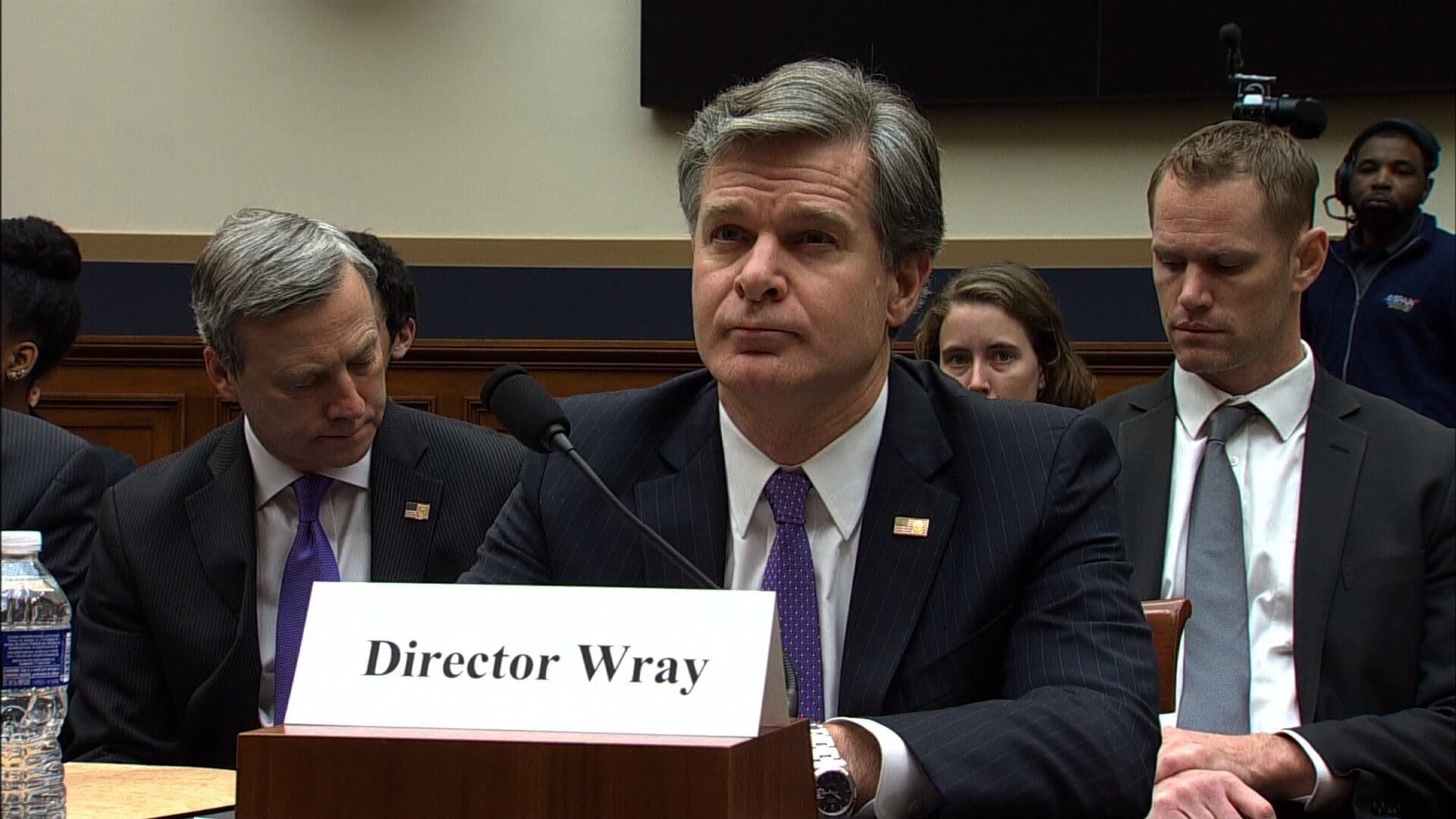The cat and mouse game of security versus privacy continues as FBI Director Christopher Wray calls out unbreakable encryption as an "urgent public safety issue."
Throughout the past year, the FBI took possession of thousands of electronic devices. Approximately 7,800 devices were deemed impenetrable due to modern encryption techniques. Even though the FBI had the legal right to attempt forced entry into devices under their control, improved safeguards proved to be working exactly as intended.
At the heart of the debate over compromising security in favor of public protection remains the fact that anyone could potentially take advantage of a backdoor. There is no way to guarantee that weaknesses in encryption would only be discovered and used by law enforcement agencies.
Fortunately, Wray recognizes there is no simple solution to encryption. From a technical standpoint, Wray believes there is still a way to offer security without preventing law enforcement from gaining access. "I just do not buy the claim that it is impossible," stated Wray.

Security experts and industry professionals tend to disagree. Any means of accessing protected information without holding the original encryption key and proper credentials can be seen as a serious design flaw in any algorithm.
Encryption methods may have prevented US officials from gaining access to a large number of electronic devices but that does not mean security methods have been perfected. Most famously, the San Bernardino iPhone was cracked for an undisclosed sum of money by a private firm. What goes on behind closed doors is impossible to even begin to speculate on. All that is known for sure is that with enough time and money, most systems will be broken.
For now, US lawmakers have been unwilling to force technology companies to offer access to government agencies. In the best interests of proper security, no organization should have the ability to circumvent encryption algorithms. Whether that is the right move for public protection or not is open to debate.
Image Credit: iPhone from BGR
